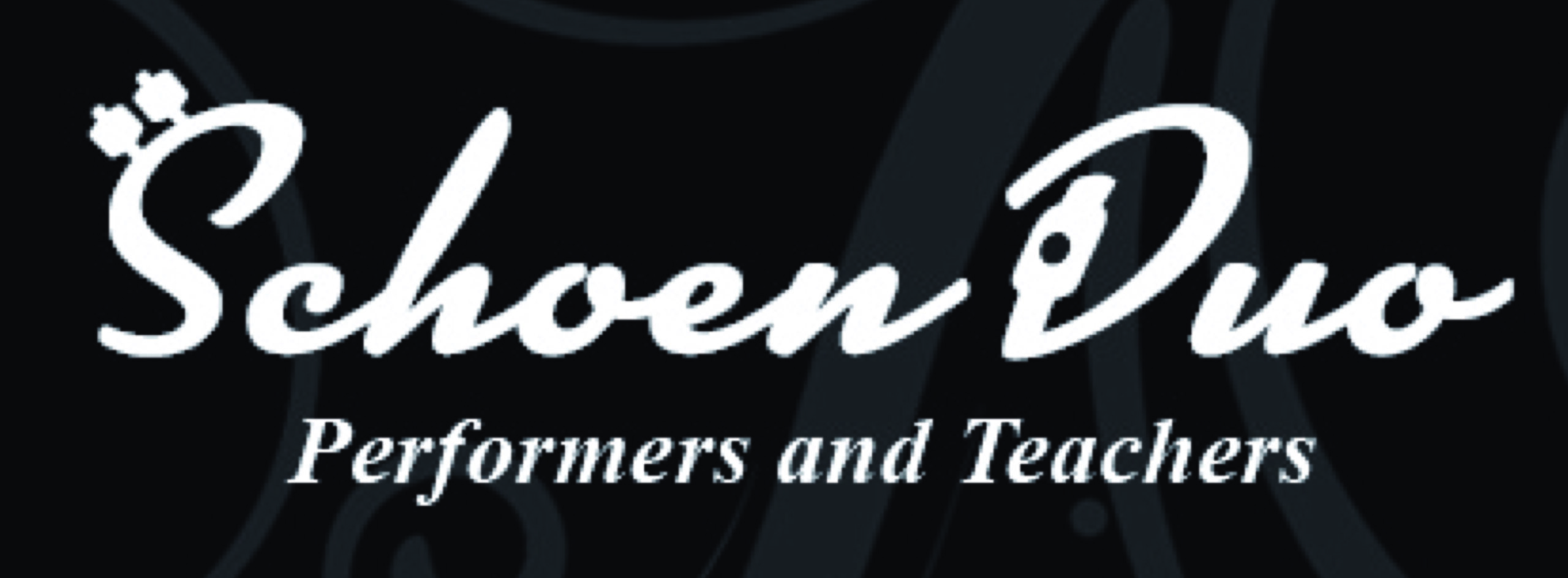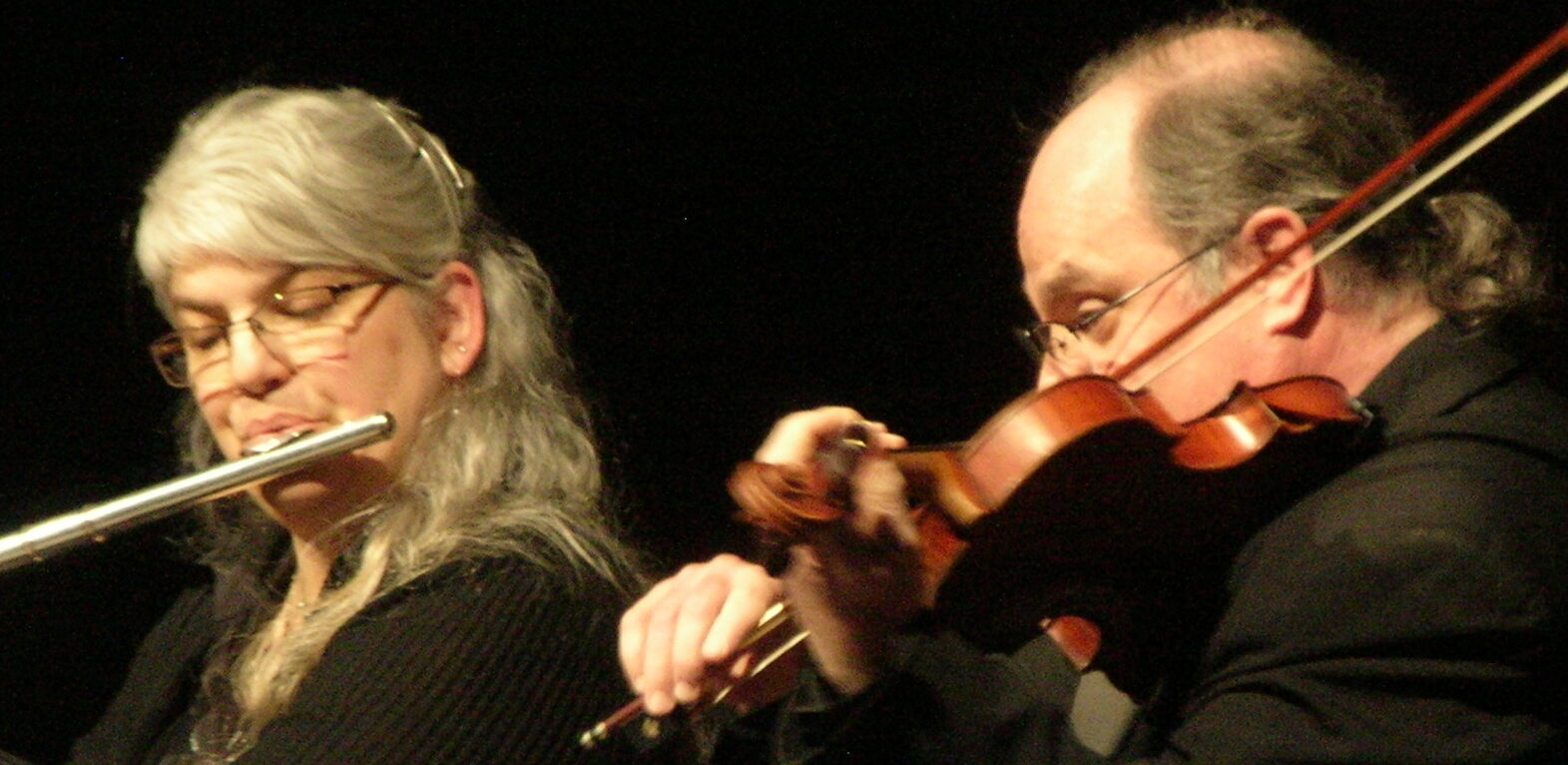About the Recordings:
Much of the music written specifically for two treble instruments was intended as “house music.” This was music to be performed in the home, back in the days before recordings. At that time everyone played a musical instrument, and impromptu after-dinner concerts were a way of life. With the advent of recording technology, live performance at home gave way to playing recordings, and since recordings were expensive to make, an industry grew up that was geared towards mass marketing of recordings and production of large concerts in high capacity venues. Recently recording technology has become less expensive and more accessible, thanks to the development of personal computers and related software. So we are trying to use small scale recordings like this one to bring small scale “house music” back into people’s homes.
About the Arrangements:
We have always been interested in Early Music: music played on antique instruments of the period. The farther back in time we went, the more the “classical” music became similar to “folk” music. We began to explore these similarities by juxtaposing both folk and classical elements in the same arrangement.Thus we have Arabic rhythms in Italian dances from the Renaissance, showing the influence of the Crusades on European music, and French court dances, Scottish country dance and Native American melodies merging into Metis fiddle tunes, which evolved from all three influences.
About the Instruments:
Baroque Flute: A wooden flute with only one key. The flute on these recordings is a copy of one by G. A. Rottenburgh, the original of which is dated c. 1730
Flute: This is the silver flute used in modern bands and orchestras.
Recorder: The recorder used on this recording is a copy of one by H. Kynseker from the mid 1600’s
Native American Flute: This is a six hole “PF series” flute from Amon Olorin Flutes.
Baroque Violin: Two baroque violin copies are used on these recordings. Both violins use gut strings and a baroque bow. One is set up as an early baroque instrument in an old German style (c. 1600) and is played held against the performers chest. The other one is set up as a late baroque instrument on an original Stradivarius pattern (c. 1750) and is played in the customary position on the shoulder.
Violin: This is the violin with metal-wound strings used in modern orchestras with a modern bow.
Percussion: We use an array of traditional hand drums (Celtic, North African, and Native American), tambourines, finger cymbals, and wooden spoons.
About the Tuning:
The Baroque flute and violin are tuned to A = 415 Hz. which is a semitone lower than the modern pitch standard. The early baroque and renaissance instruments are tuned to the modern pitch of A = 440. simply because there is so much variation in pitch amongst the original old instruments it is difficult to standardize tuning for that era. Interestingly, the Native American flute is available in two traditional tunings, also a semitone apart, which allows us to play it with both the Baroque and the modern instruments.

